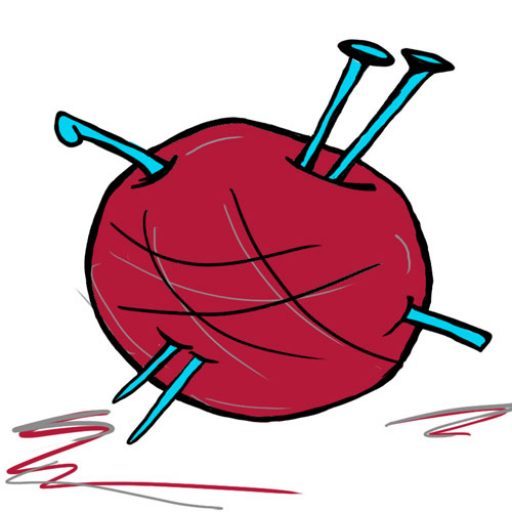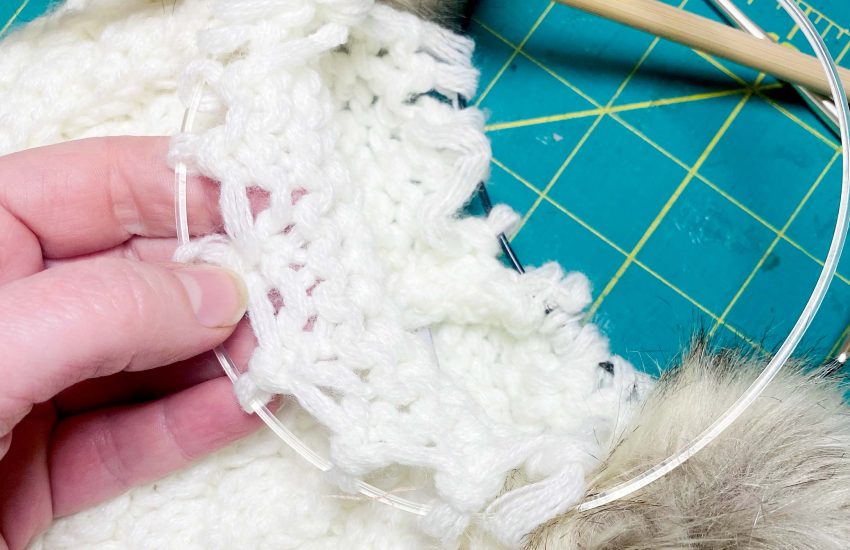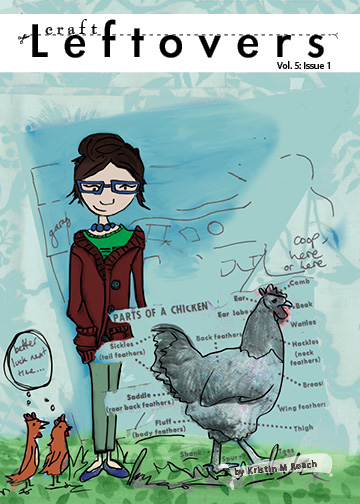On the Needles: Changing Yarns Around
It’s been awhile since I started a new knitting project, so I wanted it to be really great. Something I would want to wear all the time. And something that would be brainless to knit so I can take it everywhere for me. At first I was going to do another in the round sweater (Candid Cardigan is a top down raglan in the round), but I wanted to carry it around with me. Pieces would be better. Okay, that’s settled, but what yarn? I dug around in my stash and found 8 skeins of Prairie Silk by Brown Sheep (50g/88 yards). So not enough for a sweater. Then I dug around a little more and found another 7 skeins, but in a different color. Ah yes, I remember now. Before I moved to Ames the Prairie Silk went on Sale at the Yarn Exchange and I bought up enough to make a sweater, but never did. Awesome! Sweater worth of yarn for the perfect striped sweater. Now for the pattern.
I have bought quite a few magazines, books, and pattern collections in the last 4 years of my knitting life. I really wanted to have brainless project. That equals stockinette stitch, in pieces, and a pattern written by someone else. I pulled out everything (always fun!) and picked this great hoodie to knit. It’s Gabrilla by Debbie Bliss. I have more than enough yarn for the pattern, but the gauge was a little off. I went down a needle size and the gauge just wasn’t working out.
When I want to knit with a yarn that is not right for a pattern, there are a few steps I go through to try to fudge things before I do an out right rewrite (something I try to avoid at all costs because it is such a pain). In the case of my newest knit project, I want to use a heavy worsted (almost an aran) vs a light worsted (almost a dk).
First, I decided what I wanted the drape to be. I knit up a swatch with size 5 needles and liked the way it looked and felt. Not to stiff, not to loose. Then measured the gauge, wrote it down and set it aside.
I looked at the CO number for the size I needed and the gauge and divided the CO by the gauge to get how many inches that equaled. Then I took the small size CO and divided that by the gauge I was getting. It turned out to be the same inch count! Perfect. And that happens a lot of time. It’s a great trick to be able to use different size yarn than what a pattern calls for.
So to recap:
1. Make a gauge swatch with the yarn you want to use with the needles you want to use.
2. Measure yourself and select the right size for you as if you were knitting with the right yarn. So Bust 36″, look at that size for the cast on number. Divide that cast on by the gauge the pattern is written for. That will give you a number in inches. 120 sts /6sts per inch = 20 inches.
3. Then if you want to go up in yarn weight, divide the cast on number from the size smaller by your gauge number: ___ sts/_sts per inch = _____ inches. If you want to go down in yarn weight, select a size larger.
4. If the numbers work out, cast on and follow directions for the smaller or larger size.
A few things to keep in mind when working a pattern this way:
Make sure to follow the numbers for the smaller or larger size for directions that are horizontal (cast on, arm holes, neck, etc), but work directions for things that are vertical in the size you are. So follow directions like “continue in pattern for 3(4, 5, 6, 6, 7)inches” in the size you are. Otherwise you might end up with a really short sweater if you are tall. The other thing to remember with patterns that are made with less ease have shaping for your bust (usually, or they should anyway). If you go down to the smaller size for the cast on number, you may need to follow the directions for your size if it calls for bust shaping and the smaller sizes do not. And same goes for smaller sizes going up to the xl size for their cast on number. I’m pretty flat and do not need anything extra on the front side, so bust shaping is pretty pointless and will make for an awkward fitting sweater.
Happy Knitting!
Kristin





That’s a fabulous tip! I’m always trying to figure out if that method would work, and didn’t want to knit a whole sweater just to test the idea. Thanks!!